Wound Healing is a complex biological process that aims to restore the integrity of damaged tissue and promote recovery. The process includes overlapping stages: hemostasis, inflammation, proliferation, and remodeling. Hemostasis occurs immediately after injury, where blood vessels constrict and platelets form a temporary plug to stop bleeding. Inflammation follows, characterized by the release of inflammatory cells and mediators to remove pathogens and debris from the wound site. During the proliferation phase, new tissue is formed through the proliferation of fibroblasts, deposition of extracellular matrix, and angiogenesis to provide structural support and promote blood vessel formation. Remodeling is the final stage of wound healing, where collagen is reorganized and the scar tissue matures, ultimately restoring the strength and function of the injured tissue. Various factors can influence the wound healing process, including the size and depth of the wound, the presence of infection, underlying health conditions, and the individual's nutritional status and immune response. Optimizing wound care involves keeping the wound clean, moist, and protected to facilitate healing. This may involve debridement of necrotic tissue, application of topical dressings or ointments, and, in some cases, surgical intervention. While most wounds heal without complications, chronic wounds such as pressure ulcers, diabetic foot ulcers, and venous leg ulcers may require specialized interventions and long-term management strategies. Research into wound healing continues to advance our understanding of the underlying mechanisms and inform the development of novel therapies and interventions to enhance the healing process and improve outcomes for patients.
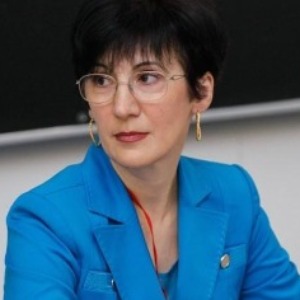
Irina Sergeeva
Novosibirsk State University, Russian Federation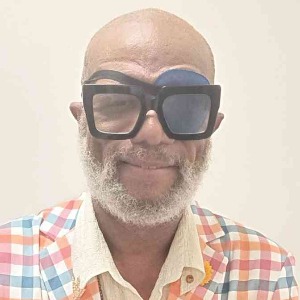
Dave Ray
Dave Ray Enterprises., United States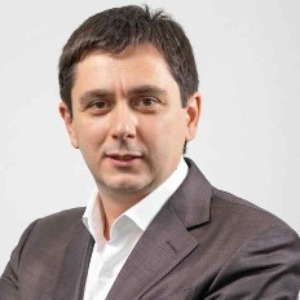
George Sulamanidze
Plastic Surgeon at Clinic of Plastic and Aesthetic Surgery and Cosmetology TOTALCharm, Georgia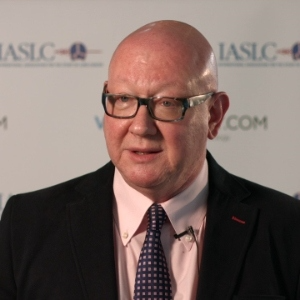
Sergei A Grando
University of California Irvine, United States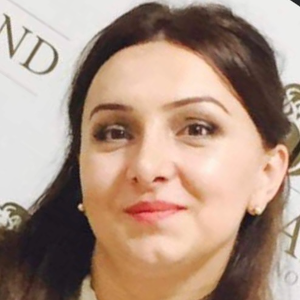
Nino Tsamalaidze
Ltd Karabadini+, Georgia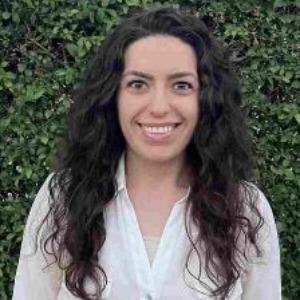
Lina Petrossian
California University of Science and Medicine, United States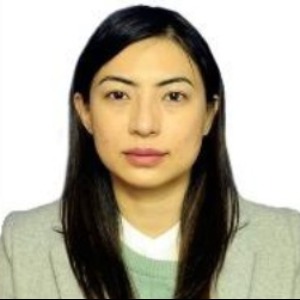
Surajbala Khuraijam
Manipur Health Services, India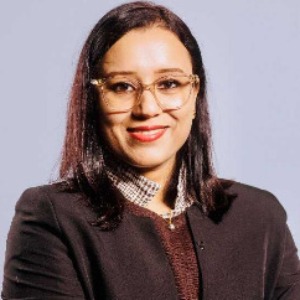
Shrutimita Pokhariyal
Symbio, India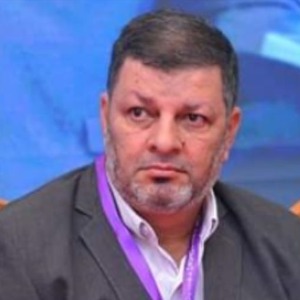
Yasser Mohammed Hassanain Elsayed
Egyptian Ministry of Health, Egypt



Title : Paraneoplastic Autoimmune Multiorgan Syndrome or PAMS: Paraneoplastic pemphigus revisited
Sergei A Grando, University of California Irvine, United States
Title : Modern non-invasive methods for in vivo assessment of skin
Georgios N Stamatas, SGS, France
Title : Personalized and precision dermatology through the view of biodesign-inspired translational & data-driven applications: Revolutionary skin treatments for every concern in clinical dermatology integrating skin care experts and consumers
Sergey Suchkov, N.D. Zelinskii Institute for Organic Chemistry of the Russian Academy of Sciences, Russian Federation
Title : The next generation of threads: Lifting, volumization, and biostimulation in one powerful triple action
George Sulamanidze, Plastic Surgeon at Clinic of Plastic and Aesthetic Surgery and Cosmetology TOTALCharm, Georgia
Title : Lymphoproliferative diseases in the practice of a dermatologist
Irina Sergeeva, Novosibirsk State University, Russian Federation
Title : Art, skin, and dermatology: Interdisciplinary perspectives
Dechelette Corinne, La Peau Autrement, France
Title : Comparative efficacy of omalizumab and dupilumab in children with Chronic Spontaneous Urticaria (CSU): A retrospective cohort analysis
Molynna Nguyen, University of Toledo, United States
Title : "Mirror mirror on the skin” — A low-cost community strategy to reduce melanoma disparities in Washington, D.C.
Kayla Sampson, Georgetown University School of Medicine, United States
Title : Vitiligo: Not just an aesthetic disorder
Mateja Starbek Zorko, University Medical centre Ljubljana, Slovenia
Title : Personalized and Precision Medicine as a unique avenue to have the healthcare model renewed to secure the national biosafety: Advanced skincare solutions in individualized cosmetology, reconstructive plastic surgery and the modern beauty
Sergey Suchkov, N.D. Zelinskii Institute for Organic Chemistry of the Russian Academy of Sciences, Russian Federation